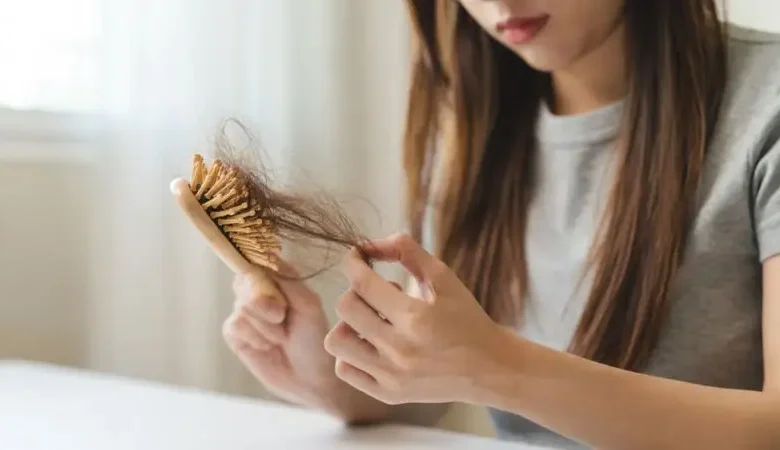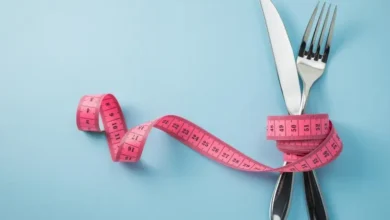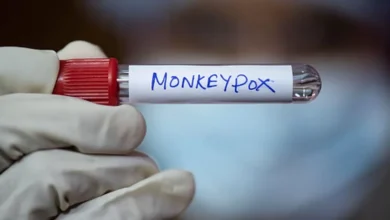Normal daily amount of hair loss

Hair loss is a natural part of the hair growth cycle, and shedding a certain amount of hair every day is completely normal. On average, people lose about 50 to 100 hairs per day. While this might seem like a lot, it’s part of the body’s routine process of regenerating hair.
To understand why hair loss happens, it’s important to look at the hair growth cycle, which consists of three stages:
- Anagen (Growth Phase): This is the active growth phase where the hair follicles produce new hair. This phase can last anywhere from 2 to 7 years, and about 85-90% of the hairs on your head are in this phase at any given time.
- Catagen (Transition Phase): This phase lasts about 2-3 weeks, during which hair stops growing and the follicle shrinks.
- Telogen (Resting Phase): This is when the hair is no longer actively growing and eventually sheds. After shedding, the follicle rests for a few months before the cycle begins again.
Hair loss primarily happens during the telogen phase, which is why you lose a few strands each day.
Factors That Affect Hair Shedding
While 50 to 100 hairs per day is considered normal, several factors can influence how much hair you lose:
- Hair Type and Texture:
- People with finer hair may notice more shedding since individual strands are smaller and lighter.
- Those with thicker, curly hair may lose fewer hairs per day but might see larger clumps when detangling or washing.
- Hair Washing Routine:
- Washing your hair can lead to more visible hair loss as loose hairs are dislodged. People who wash their hair less frequently may notice more hair loss on wash days.
- Hair Styling:
- Styling habits, such as brushing, blow-drying, or wearing tight hairstyles (like ponytails or braids), can cause hair to shed more quickly or even lead to breakage.
- Seasonal Changes:
- Some people experience more hair shedding in the fall or spring, a phenomenon sometimes referred to as seasonal hair loss. This is thought to be related to changes in daylight and environmental conditions.
- Health and Hormonal Changes:
- Hormonal changes, stress, diet, and certain medications can cause more than the usual amount of hair loss. For instance, postpartum women often experience increased shedding due to hormonal fluctuations, known as postpartum hair loss.
- Conditions such as iron deficiency, thyroid issues, or stress-related disorders like telogen effluvium can cause temporary increases in hair shedding.
If you’re losing more than 100 hairs a day consistently, or if you notice thinning or bald patches, it may be time to consult a healthcare professional. Excessive shedding or hair thinning could indicate an underlying health issue, such as:
- Nutrient deficiencies (e.g., iron, protein, or vitamins)
- Hormonal imbalances (e.g., thyroid disorders or menopause)
- Autoimmune conditions like alopecia areata
- Stress or emotional trauma
A sudden increase in hair loss or noticeable thinning is known as telogen effluvium, which can be triggered by significant life events such as surgery, childbirth, illness, or severe stress.
Tips for Managing Hair Loss
To promote healthy hair and manage normal hair shedding:
- Eat a balanced diet rich in vitamins and minerals, especially biotin, zinc, and iron.
- Be gentle when washing and brushing your hair. Avoid aggressive towel drying and tight hairstyles.
- Reduce heat styling and chemical treatments that can cause hair breakage and weaken hair strands.
- Keep stress in check with mindfulness practices, regular exercise, and adequate sleep, as stress can exacerbate hair los
Losing 50 to 100 hairs per day is a normal part of the hair growth cycle and shouldn’t be a cause for concern. However, if you notice excessive shedding or bald patches, it’s worth investigating potential underlying causes. Maintaining a healthy lifestyle, managing stress, and treating your hair gently can help keep hair loss in check and promote overall hair health.










